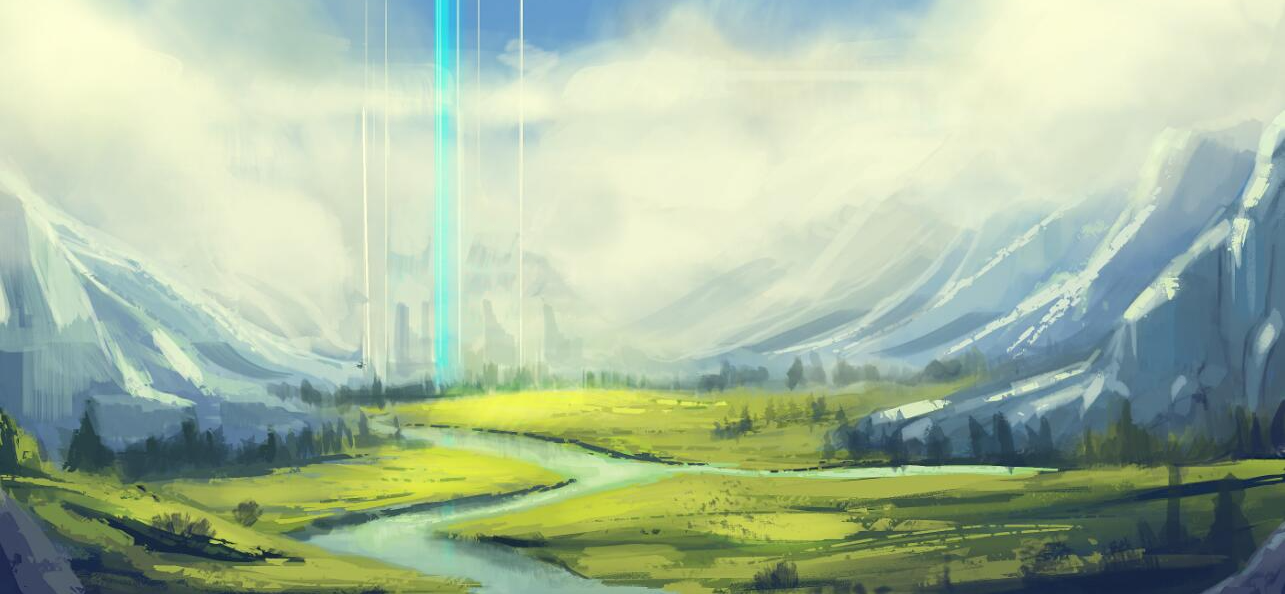Digital art has revolutionized the way creators express their visions and interact with their audience. As technology continues to advance, artists are embracing digital mediums, resulting in a vibrant, dynamic field that melds creativity with innovation. Unlike traditional forms of art, which often require physical materials, digital art allows for a limitless palette of colors, tools, and techniques. Software applications like Adobe Photoshop, Procreate, and Blender empower artists to experiment and iterate quickly, leading to an expansion of styles and methods.
One of the most significant impacts of digital art is its accessibility. With the rise of social media platforms such as Instagram and TikTok, artists can showcase their work to a global audience without the barriers of traditional gallery representation. This democratization of art has given rise to diverse voices and perspectives, fostering creativity across cultures and communities.
Moreover, digital art has transformed the very concept of ownership and value within the art world. The emergence of non-fungible tokens (NFTs) has created a new marketplace, allowing artists to sell their work directly to collectors while maintaining provenance and authenticity. This innovation challenges traditional notions of copyright and encourages discussions about the future of art in the digital age.
In conclusion, digital art is not merely a new medium; it is a cultural phenomenon that reflects and shapes our contemporary experiences. As technology evolves, so too will the boundaries of artistic expression, making it an exciting field for both artists and audiences alike. The fusion of creativity and technology ensures that the legacy of digital art will continue to grow, enriching our understanding of what art can be

